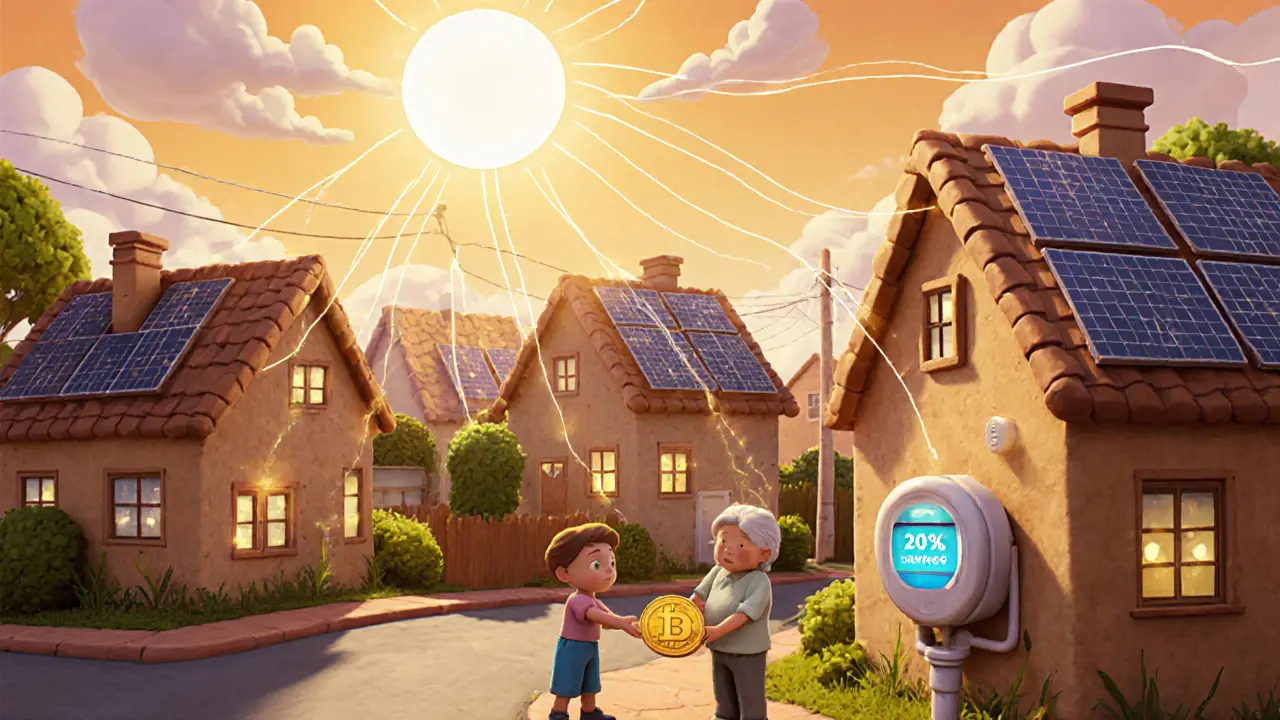Blockchain Explained: How It Powers Crypto, DeFi, and Real-World Systems
When you hear blockchain, a decentralized digital ledger that records transactions across many computers so that records can’t be altered retroactively. Also known as distributed ledger technology, it’s the foundation that makes Bitcoin, DeFi, and even digital tickets possible. It’s not magic. It’s code, math, and network rules working together to create trust without middlemen.
Think of it like a public notebook that everyone can see but no one can erase. Every time someone sends crypto, trades an NFT, or signs a smart contract, a self-executing agreement with rules written directly into code, that action gets added to the chain. No bank. No government. Just math and consensus. That’s why Byzantine Fault Tolerance, a system that keeps networks running even when some nodes are faulty or dishonest matters so much. Without it, blockchains would collapse under fraud or glitches. BFT is what lets networks like Bitcoin and TON stay online even when attackers try to break them.
But blockchain isn’t just about money. It’s changing how energy gets traded, how tickets are sold, and how companies track goods. In Angola, the government banned mining because blockchains were using too much power. In El Salvador, they tried making Bitcoin legal tender using a wallet built on blockchain. And now, companies are using it to turn real 3D objects into digital tokens — yes, your sneaker or guitar could one day have a blockchain identity. blockchain oracles, systems that feed real-world data like prices or weather into smart contracts make this possible. Without them, your DeFi loan couldn’t know if the price of oil went up. Or your NFT ticket couldn’t prove you were at the concert.
What You’ll Find Here
This collection doesn’t just explain blockchain — it shows you where it’s working, where it’s failing, and who’s really using it. You’ll read about exchanges built on it, tokens that depend on it, and governments trying to control it. Some posts warn you about fake projects pretending to be blockchain-based. Others show how real systems like STON.fi or StellaSwap use it to make trades faster and cheaper. You’ll see how active addresses tell you if a chain is alive, how asset seizures prove governments take it seriously, and why privacy coins like Monero exist because not everyone wants their transactions public. There’s no fluff. Just real examples, real risks, and real insights from people who’ve tried these systems — and lived to tell the story.
Benefits of Decentralized Infrastructure in Today's Digital World
Decentralized infrastructure uses blockchain to create resilient, user-controlled systems for energy, internet, and cloud services - cutting costs, boosting security, and giving power back to people.
